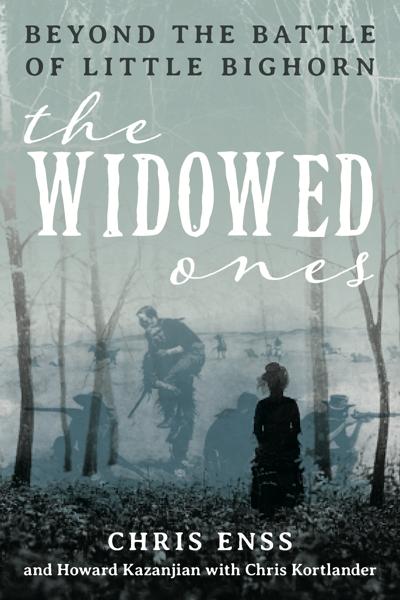
There weren’t many women in the late 1800s who had the opportunity to accompany their husbands on adventures that were so exciting they seemed fictitious. Such was the case for the women married to the officers in General George Armstrong Custer’s Seventh Cavalry. There were seven officers’ wives. They were all good friends who traveled from post to post with one another along with their spouses.
Of the seven widows, Elizabeth Custer was the most well-known. In the twelve years the Custers were together, Elizabeth lived history. She saw the surrender of Lee to Grant at Appomattox and was given the table at which the terms of surrender were drafted. After the Civil War, Custer was sent to Texas to fight the Indians which began another thrilling chapter of Elizabeth’s life, one that lasted until the memorable day when Custer and his comrades made their immortal stand against the Sioux Indians at the Battle of the Little Bighorn on June 25, 1876. During that last battle of Custer’s men, Elizabeth was less than four hundred miles away at Fort Abraham Lincoln, waiting bravely for word of the outcome. Later, it was Elizabeth’s duty to tell the officers’ wives at the post that their husbands had been killed.
The women were overwhelmed with letters of condolence. Most people were sincere in their expressions of sorrow over the widows’ loss. Others were ghoulish souvenir hunters requesting articles of their husbands’ clothing and personal weapons as keepsakes. The press was preoccupied with how the wives of the deceased officers were handling their grief. During the first year after the tragic event, reporters sought them out to learn how they were coping, what plans they had for the future, and what, if anything, they knew about the battle itself. The widows were able to soldier through the scrutiny because they had one another. They confided in each other, cried without apologizing, and discussed their desperate financial situations.
The friendship the bereaved widows had with one another proved to be a critical source of support. The transition from being officers’ wives living at various forts on the wild frontier to being single women with homes of their own was a difficult adjustment. Without one another to depend upon, the time might have been more of a struggle. The Widowed Ones: Beyond the Battle of the Little Bighorn tells the stories of these women and the unique bond they shared through never-before-seen materials from the Elizabeth Custer Library and Museum at Garryowen, Montana, including letters to and from politicians and military leaders to the widows, fellow soldiers and critics of George Custer to the widows, and letters between the widows themselves about when the women first met, the men they married, and their attempts to persevere after the tragedy.



